Nearly 100 years ago, a young man from China studying ceramic engineering at OSU wrote a play in English that was performed in University Hall. It was likely the first-ever English-language play written by a Chinese national to be performed in the U.S.
The young man’s name was Hong Shen, the play was called “The Wedded Husband” and it was performed in University Hall Chapel on April 11 and 12 in 1919 before a capacity audience of 1,300.
Shen was studying at OSU on a scholarship paid by the Chinese government. It was his first play written in English; previous works – “Fruit Vendor” and “Which Is It?” had been performed at his alma mater, Tsing Hua College in Beijing.
The play was co-sponsored by OSU’s Cosmopolitan Club and the Chinese Students’ Clubs of OSU and Oberlin College, and all of the men’s parts were performed by Chinese students who, like Shen, had been sent to the U.S. by the Chinese government under the provisions of the Boxer indemnity fund.
According to a Lantern article, Shen received a telegram from professors at Goucher College and the Columbia School of Fine Arts to reserve tickets for them. (They were going to be in Columbus for a meeting of the Methodist Centenary Movement.)
The play is about a young woman, Miss Wang, who is arranged to be married to a gentleman named Master Chen. She agrees to the marriage out of filial devotion to her father but during the ceremony, she falls ill. The doctor suspects she is a victim of the plague that is ravaging the city and orders her to be quarantined. Master Chen, however, defies the order to care for his wife. He ends up dying of the plague, while Miss Wang recovers. She is then arranged to be married to Master Yang, but when she hears of how Master Chen risked his life for her, she changes her mind and remains a loyal widow.
Last November, OSU’s Institute for Chinese Studies put on a revival of the play in the Roy Bowen Theatre, in the Drake Union. It was part of a series of events honoring Shen, who left OSU in 1919 to study dramatic arts at Harvard before returning to China where he eventually became an important figure in modern Chinese theater, film and drama. His daughter recently donated a collection of his works to the University.




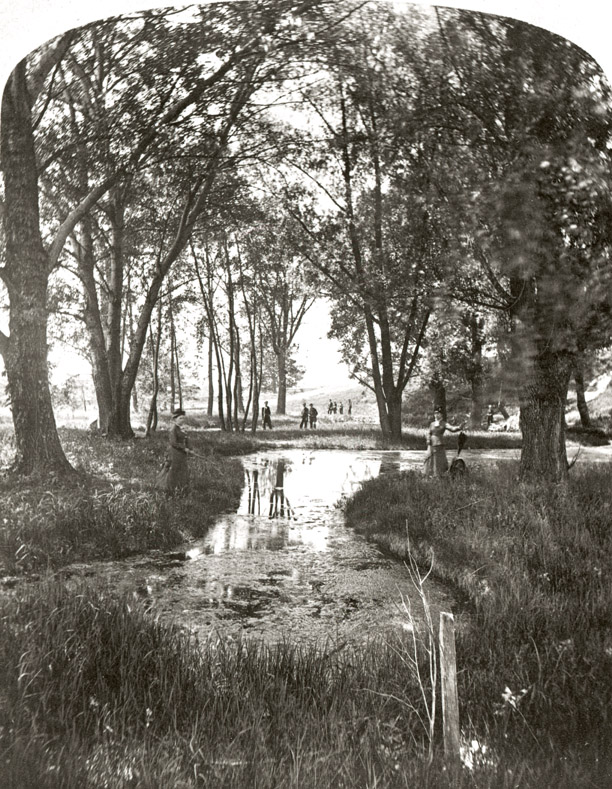

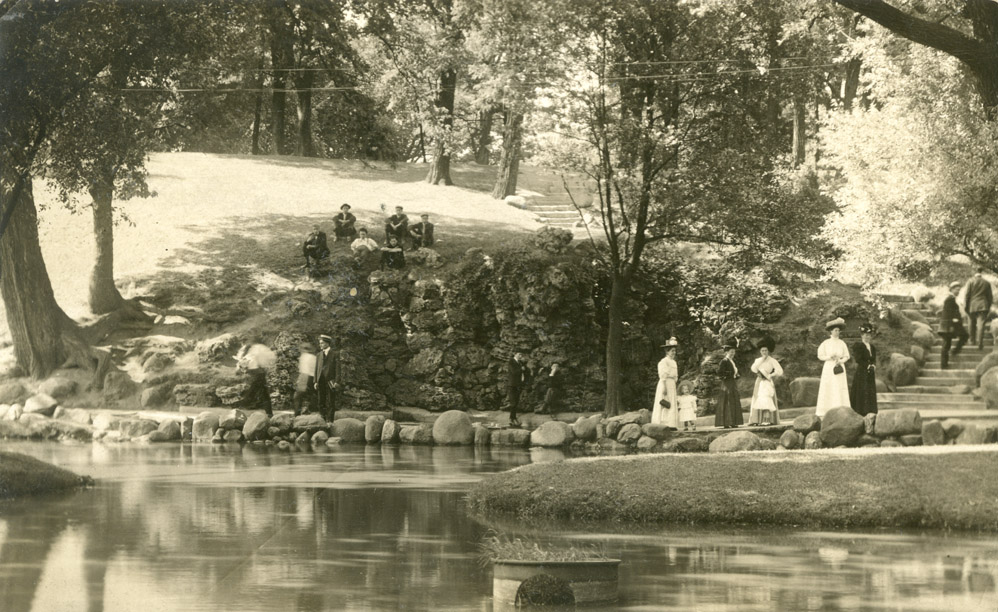


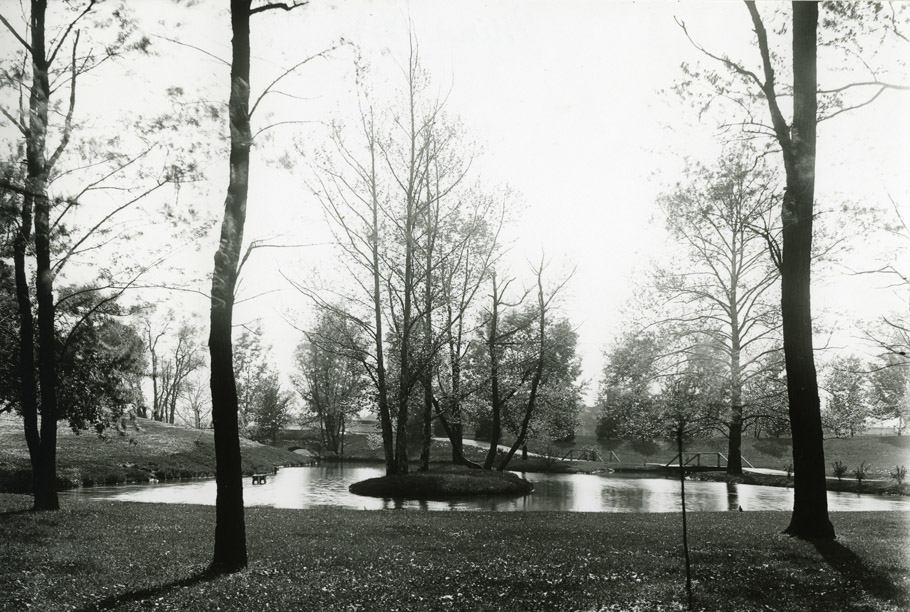



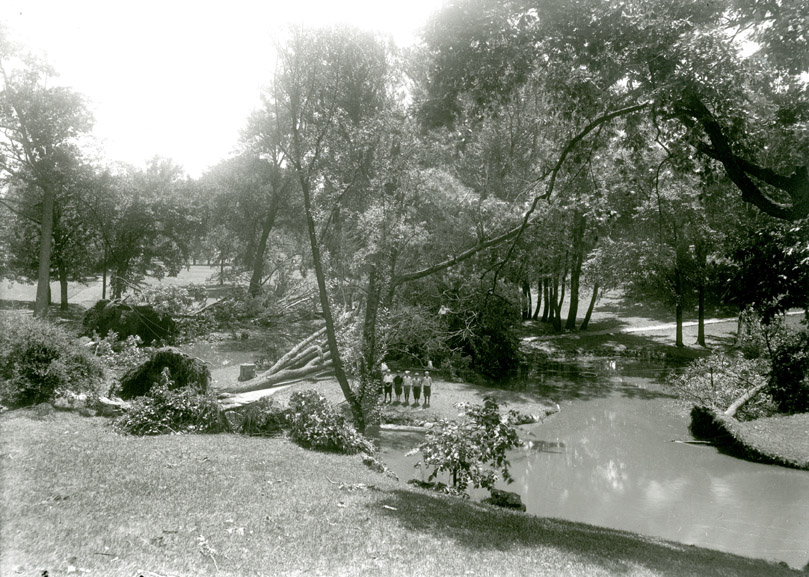
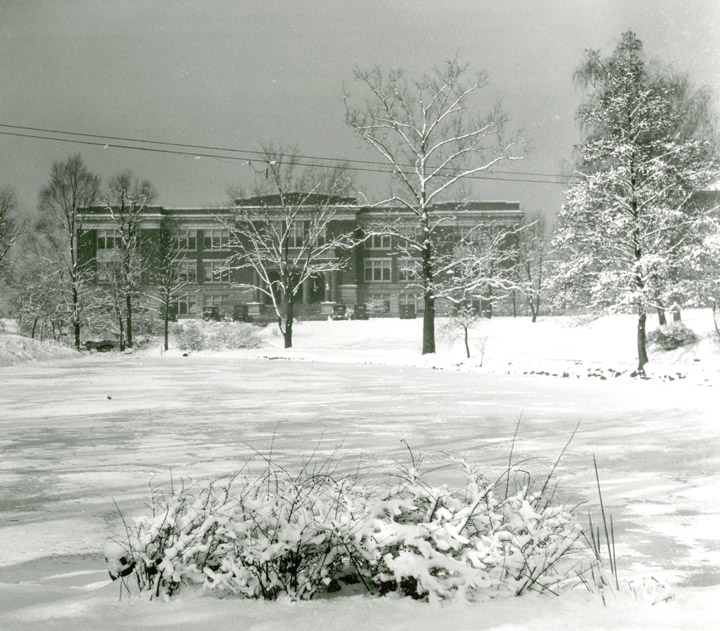
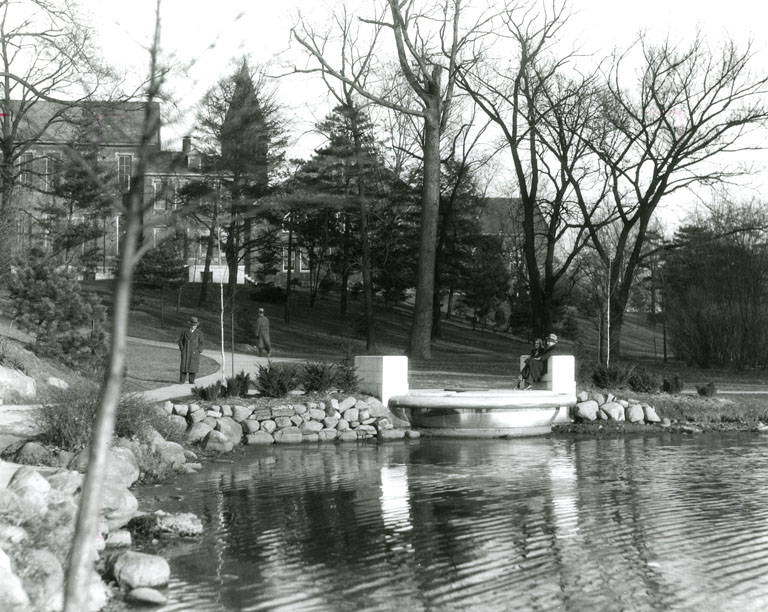


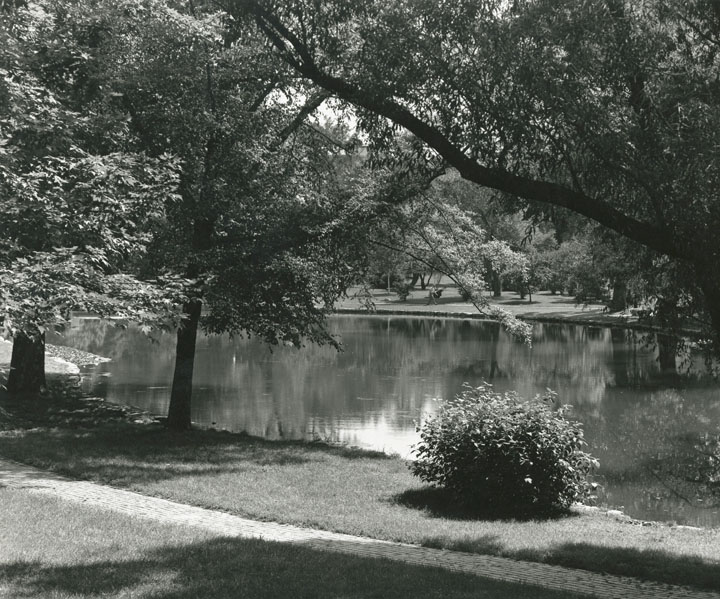
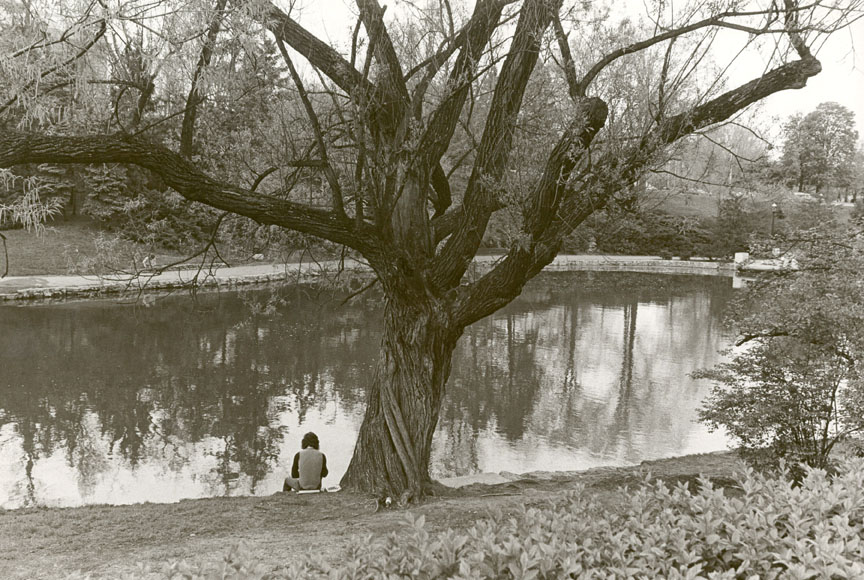

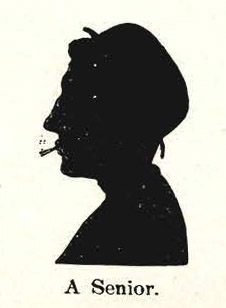


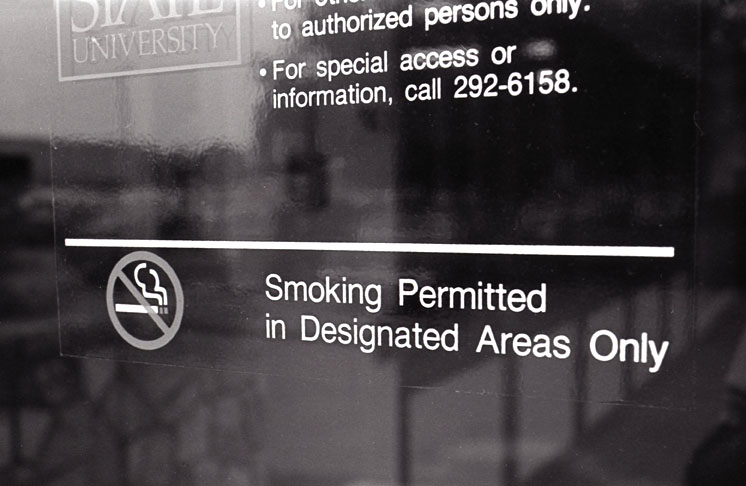

Recent Comments